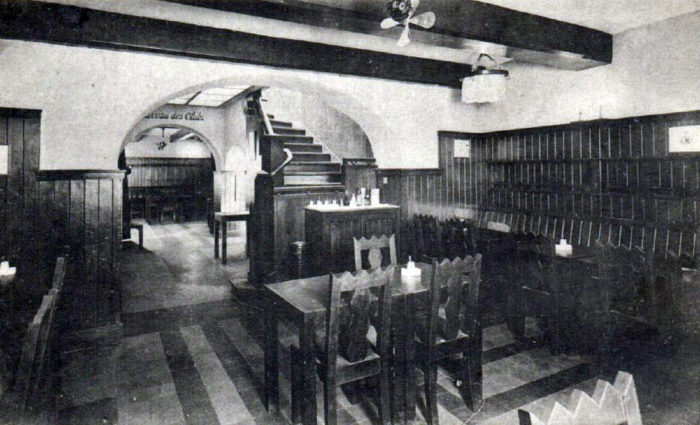When I step into this library, I cannot understand why I ever step out of it."
Marie de Rabutin-Chantal, Marquise de Sevigne
Madame de Sévigné
Beroemd geworden vanwege de brieven die zij schreef. Zij schreef o.a. veel aan haar dochter Francoise Marguerite. Hierdoor krijgen wij een goede indruk krijgen van de tijd waarin zij leefde. Alleen de brieven van Madame de Sévigné zijn bewaard gebleven.
Place Royale
In the 17th and 18th centuries, Le Marais experienced its glory years. King Henri IV (1589-1610) was at the origin of two major urban development projects: the Place de France, which never took place, and the Place Royale, now the Place des Vosges. At the same time, the entire Le Marais district became filled with hotels which vied with each other in the beauty of their architecture and the richness of their interior design. They were the scene of the first "Salons", which brought together the fine minds, elegant ladies, men of letters and scholars who would give Paris its reputation as a capital of sociability.
Les Rochers
Kasteel des Rochers in Bretagne
Na haar huwelijk trekt Madame de Sévigné´s naar Les Rochers, eigendom van de familie van haar echtgenoot. Madame de Sevigny zal vele malen terugkomen in dit huis. Zij houdt van de bossen rondom het kasteel. Zij houdt van de bloemen in de tuinen. Ze heeft in dit adellijke herenhuis hier 297 brieven geschreven waaronder 262 aan haar dochter, de gravin de Grignan.
Hôtel Carnavalet
Madame de Sévigné (1626-1696) made her mark on the Hôtel Carnavalet
Where she lived from 1677 to 1696.
Toen haar dochter en schoonzoon eerder bij Madame de Sévigné op bezoek waren gekomen brak er ruzie uit tussen moeder en dochter. De dochter vluchtte min of meer het huis uit. Om te voorkomen dat ze weer teveel op elkaar zouden zitten besloot Madame de Sévigné naar dit grotere huis te verhuizen. De twee huishoudens konden hier ook zelfstandig functioneren.
Grignan Castle
Madame de Sévigné ´s dochter trouwde met Count De Grignan
Haar dochter verhuisde naar kasteel Grignan in het Zuiden van Frankrijk
Zij leefde hier in grote stijl
Bijna wel een tweede Versailles
The château of Grignan started gaining renown in the 17th century with Madame de Sévigné's many visits. She and her daughter, the Marquise Marguerite de Sévigné, engaged in long correspondence, the many letters of which make up a masterpiece of French literature. The château's reputation became literary. Madame de Sévigné died at the château on February 17, 1696. Her tomb lies in the collegiate church. The château of Grignan was greatly damaged during the French Revolution. The successive owners undertook restoration work, up until the town hall acquired the château in 1979 and had it listed as a historic monument in 1993.










Geen opmerkingen:
Een reactie posten